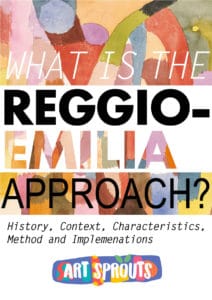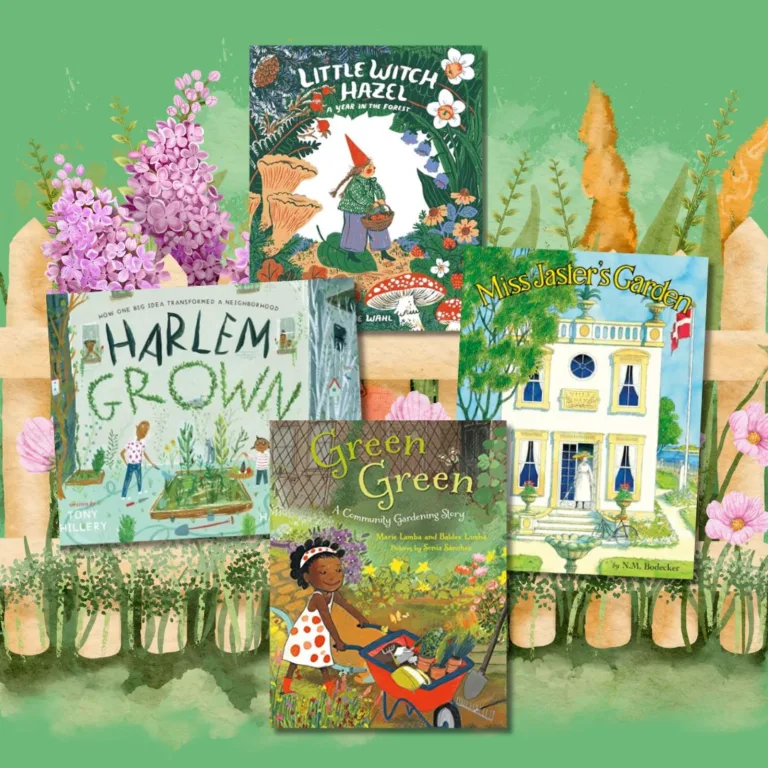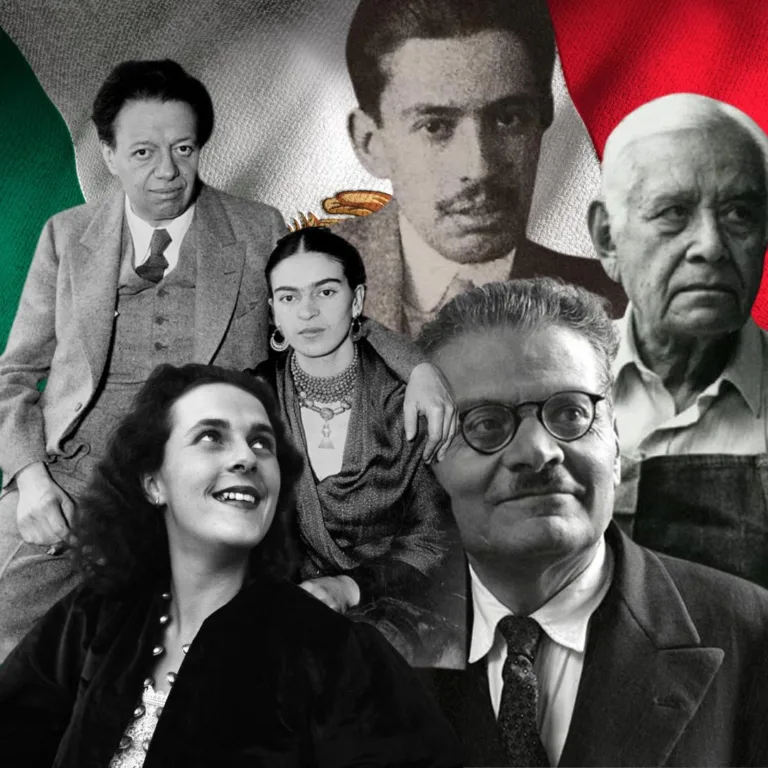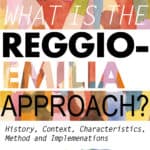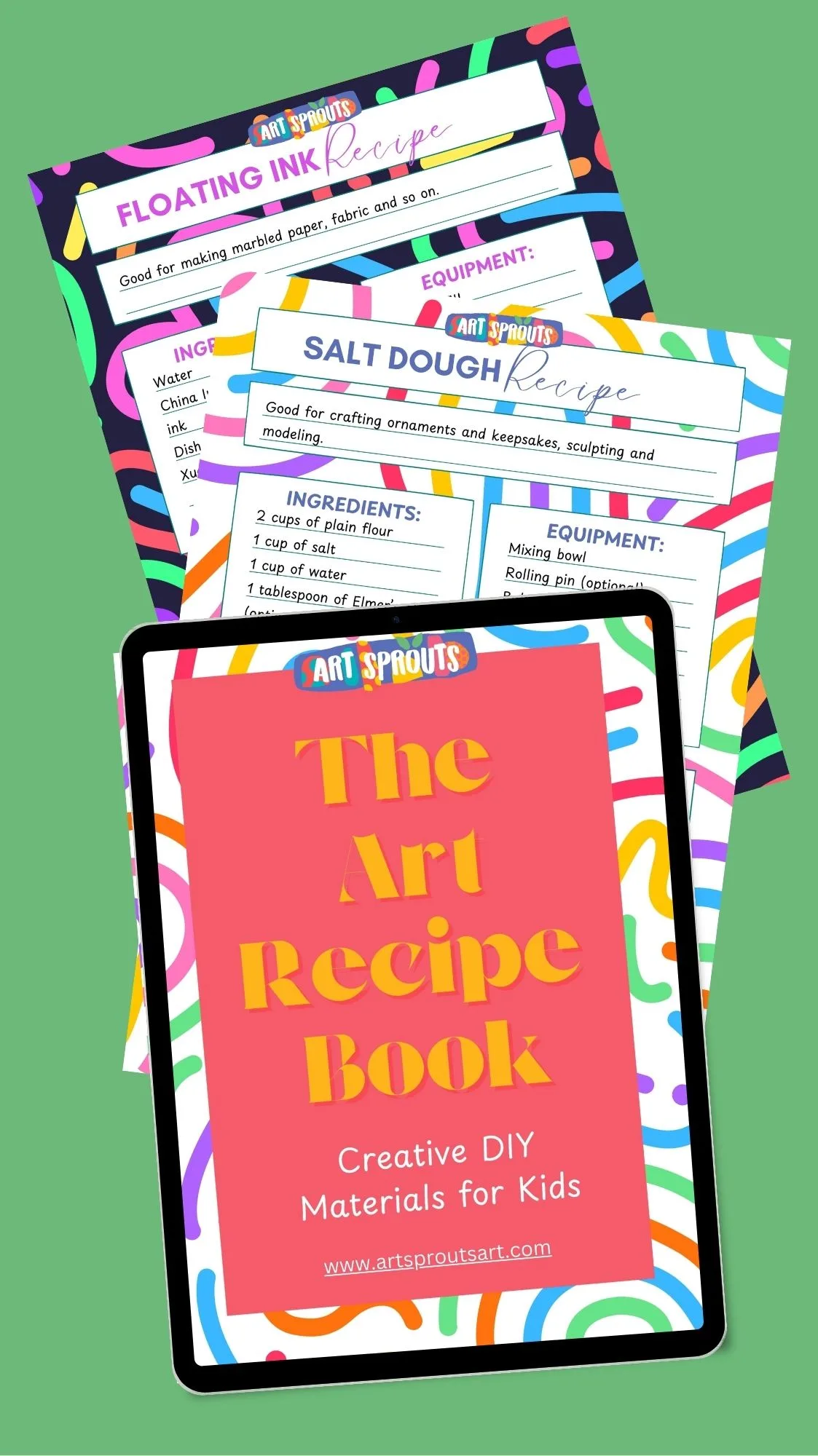What is the Reggio Emilia Approach? | Intro to Reggio Emilia Teaching for Parents and Teachers
The Reggio Emilia approach is an innovative teaching philosophy that emphasizes creativity, collaboration, and community. This method was created by Loris Malaguzzi and a group of parents in Reggio Emilia, Italy, after World War II. It is known globally for its focus on children’s learning. [ref] “Three Approaches from Europe: Waldorf, Montessori, and Reggio Emilia,” Carolyn Pope Edwards [/ref]
The Reggio Emilia approach is based on the belief that children are capable and competent learners. Teachers act as facilitators, helping children to explore their interests and passions through open-ended activities and projects. This approach also values collaboration and community, with teachers, parents, and children working together to create a supportive learning environment. The Reggio Emilia approach in education emphasizes the importance of the learning environment as the “third teacher,” designing spaces that inspire curiosity and exploration. Documentation of children’s work and progress plays a crucial role, allowing educators and families to reflect on each child’s growth and development. By encouraging creativity, critical thinking, and self-expression, this approach nurtures a lifelong love for learning.
Reggio Emilia teaching often incorporates the arts, with a particular emphasis on visual arts, such as painting, drawing, and sculpture. This is because the arts provide children with a powerful medium for self-expression, exploration, and communication.
In this approach, the learning environment is seen as the third teacher, with careful attention given to the physical space and materials provided. Classrooms are designed to be inviting and inspiring, with natural materials, open spaces, and plenty of light. Children are encouraged to explore and manipulate materials, fostering their curiosity and creativity.
Read also:
- What is Visible Learning?
- Is Reggio Emilia the Same as Montessori? A Personal Experience
- What is loose parts play?
The Reggio Emilia approach also values documentation, with teachers carefully observing and recording children’s learning experiences. This document is used to review and evaluate learning, and to inform parents and the community about children’s progress. This practice not only fosters reflection among educators but also encourages collaboration between families and the school community. By sharing these insights, teachers can highlight the richness of children’s learning journeys and the methods used to facilitate them. For those looking to deepen their understanding of this innovative educational philosophy, consulting the best books on Reggio Emilia approach can provide invaluable resources and perspectives.
As a method, it prioritizes the social and communal aspect of education, standing true to its original vision to improve human society by helping children realize their full potential as intelligent, creative, whole beings.

The Reggio Approach: an education based on relationships
As children are viewed as active constructors of knowledge, the educator’s primary role is to empower and support children as they explore and investigate. However, Reggio educators disagree with the Piagetian view of the child forming knowledge from within, almost in isolation.
Instead, they believe the complex social fabric of teachers, parents, and peers that surround children, as well as the physical learning environment, are the fundamental elements of the children’s learning experience.
The Reggio approach is often defined as “education based on relationship,” where each person is considered a “subjective agency” while existing as part of a group. A successful practice should aim at the establishment of a social group where children learn to respect each other but also learn to express themselves and define their identities.
“Our goal is to build an amiable school, where children, teachers and families feel at home. Such a school requires careful thinking and planning concerning procedures, motivations and interests. It must embody ways of getting along together, of intensifying relationships.”
Loris Managuzzi, “The Hundred Languages of Children” (Norwood, NJ: Ablex, 1993)
The characteristic of the Reggio approach
The Teacher
Reggio teachers are not just educators or observers of children’s education. Reggio teachers are more than just educators or observers of children’s education.
They actively engage in helping children learn by creating lessons based on their interests. They also ask questions to enhance their understanding and participate in activities with the students.
“As partners to the child, the teacher is inside the learning situation” (Hewett, 2001).
So, what does a typical Reggio lesson look like?
Ideally, Reggio educators should aim to produce controlled situations in which children can learn by themselves and with each other, taking advantage of their knowledge and resources. These situations are often called “provocations” as learning happens spontaneously through the children’s action.
Process-based education is based on two relatively simple statements: children enjoy being observed, and children enjoy being encouraged.
Let’s say a child puts all of his effort and attention into completing a task, albeit with somewhat poor outcomes; would it be wise to judge him solely on the results? Or, knowing that practice will eventually improve his skills, wouldn’t it be better to praise his effort so as to encourage further attempts?
Again, Reggio educators are telling us that what we should focus our observations on is the child in the process, not the final product.
In the Reggio Emilia approach, the teacher also acts as a recorder of the students learning. Documentation helps children see and remember what they have learned, making their learning visible and serving as a keepsake. Projects have no set scopes or results; instead, children can review, develop, or change past works in the learning environment. This process encourages a deeper understanding as children engage in reflection and critical thinking while interacting with their past projects. Furthermore, reggio documentation in early education not only showcases the learning journey but also highlights the importance of collaboration and communication among peers. By fostering an environment where children feel free to revisit and revise their ideas, teachers empower them to take an active role in their own learning experiences.
The child
In his article “Your Image of the Child: Where Teaching Begins“, Managuzzi warns educators against preconceived abstract ideas of what children are. He emphasized the need to recognize each child as an individual influenced by their own experiences. He believed in creating a school that could adapt to and accommodate these changes.
School can never be predictable. We need to be open to what takes place and able to change our plans and go with what might grow at that very moment both inside the child and inside ourselves.
As life flows with the thoughts of the children, we need to be open, we need to change our ideas; we need to be comfortable with the restless nature of life. [ref] “Your Image of the Child: Where Teaching Begins“, Loris Managuzzi [/ref]
The Parents
Along with teachers and students, parents form the triad of the Reggio approach to learning. After all, the whole movement started with a group of parents reclaiming abandoned buildings and petitioning the government for help in building a school system that didn’t even exist until then: a place where children would be taken seriously and where they would acquire the skills and values of collaboration and critical thinking necessary to a free and democratic society.
In Reggio schools, parents are invited to take an active role in the school, be it as volunteers during lessons or by taking part in regular meetings with the educators to discuss and improve the learning process.
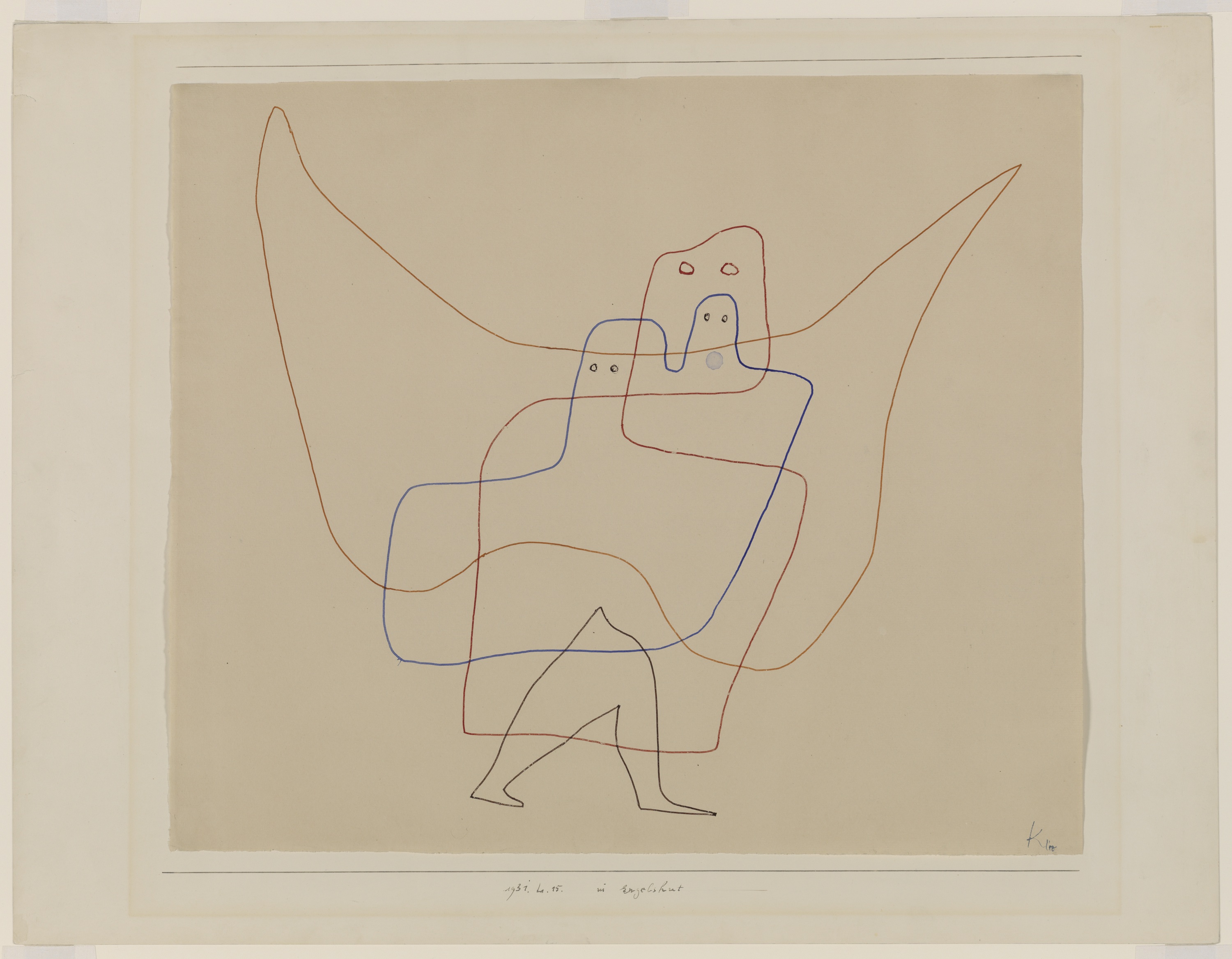
Learning space: The Reggio Emilia classroom
The Reggio Emilia school is a living organism interacting with the people within, not just capable of evolving but actively promoting change and variation.
The classroom should have natural materials and calm colors. It should be interesting but not too much. A good Reggio Emilia space lets children work in small groups. Small-group work benefits children by increasing their participation in discussions and debates. Additionally, it helps them to effectively negotiate and regulate their own behavior. The arrangement of furniture should encourage collaboration and flexibility, allowing children to move freely and explore their ideas. Incorporating various learning stations that align with Reggio Emilia classroom principles fosters creativity and independent thinking. By promoting these principles, educators can create an environment that not only nurtures social interactions but also deepens children’s understanding of their surroundings and encourages a love for learning.
Read more: Reggio Emilia Classroom Design | Art Sprouts Intro to Reggio Inspired Learning Spaces

Open-ended Projects
The Reggio approach takes into strong consideration children’s innate proclivity to inquire and learn. Students are encouraged to explore and make hypothesizes and to depict their understanding through any of their “hundreds of languages” (expressive, communicative, and cognitive)—words, movement, drawing, painting, building, sculpture, shadow play, collage, dramatic play, music, to name a few—that they systemically explore and combine. [ref] “Three Approaches from Europe: Waldorf, Montessori, and Reggio Emilia“, Carolyn Pope Edwards [/ref]
Open-ended projects, or invitations, provide a narrative structure to the children’s and teacher’s learning. Open-ended projects, or invitations, provide a narrative structure to the children’s and teacher’s learning. Mistakes are okay and even encouraged. This helps children feel confident to take risks and try new things without worrying about being judged.

How can we implement the Reggio Emilia approach within a traditional curriculum?
While we can’t completely avoid following standards and tests, the Reggio Approach reminds us that there are other options available.
Children learn and imitate behavior from their friends and adults, shaping their own identity and the identity of others. Implementing changes to create a safe and balanced environment for all students can certainly benefit all.
Educators in the Reggio Emilia approach must be accountable for their choices. They must give truthful reports about their work and what occurs in school. All aspects of education are open to debate and conversation.
All aspects of education are open to debate and conversation.
It is endless work and indeed a demanding path for teachers.
However, the primary motivation that urged parents and teachers to seek a better learning experience for the youth is still relevant today: to surpass social disadvantages and to raise a generation with a renewed sense of community and self-worth.
We often talk about the importance of providing kids with inspirational examples and role models, somewhat evading our responsibility to nurture their self-assurance and confidence from within, first and foremost, by creating a safe, healthy, amiable environment in our schools.
What we have to do now is draw out the image of the child, draw the child out of the desperate situations that many children find themselves in. If we redeem the child from these difficult situations, we redeem ourselves.
Children have a right to a good school — a good building, good teachers, right time, good activities. This is the right of ALL children.
It is necessary to give an immediate response to a child. Children need to know that we are their friends, that they can depend on us for the things they desire, that we can support them in the things that they have, but also in the things that they dream about, that they desire.
Children have the right to imagine. We need to give them full rights of citizenship in life and in society.
It’s necessary that we believe that the child is very intelligent, that the child is strong and beautiful and has very ambitious desires and requests. This is the image of the child that we need to hold.
Those who have the image of the child as fragile, incomplete, weak, made of glass gain something from this belief only for themselves. We don’t need that as an image of children.
Instead of always giving children protection, we need to give them the recognition of their rights and of their strengths.
Loris Managuzzi, “Your Image of the Child: Where Teaching Begins” Translated by Baji Rankin, Leslie Morrow, and Lella Gandini.

Resources
- North America Reggio Emilia Alliance includes an extensive bibliography and resource index.
- “The Hundred Languages of Children: The Reggio Emilia Experience in Transformation“
- “In the Spirit of the Studio: Learning from the Atelier of Reggio Emilia“, Lella Gandini
- “Bringing Reggio Emilia Home: An Innovative Approach to Early Childhood Education“, Louise Boyd Cadwell, Lella Gandini
- “Three Approaches from Europe: Waldorf, Montessori, and Reggio Emilia,” Carolyn Pope Edwards. Research available here
- An Approach for All Children: Reinterpreting the Reggio Emilia Approach in the USA
- Reggio Children Website
- “For an Education Based on Relationships,” Loris Managuzzi, Young Children, Nov 1993
- “Your Image of the Child: Where Teaching Begins,” Loris Managuzzi
- “Reggio Emilia As Cultural Activity Theory in Practice,” Rebecca S.New
You may also be interested in:
- Reggio Emilia Classroom Design | Art Sprouts Intro to Reggio Inspired Learning Spaces
- Involuntary Sculpture: Tactile Art Exploration
- Decalcomania Painting Art Exploration | Inquiry-Based Learning Lesson Plan
- “I am” Identity Calligram Poem| Multi-disciplinary Activity
